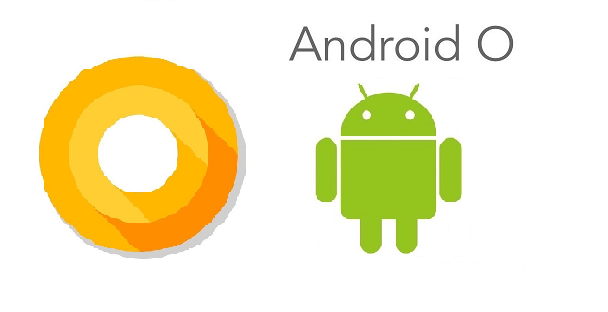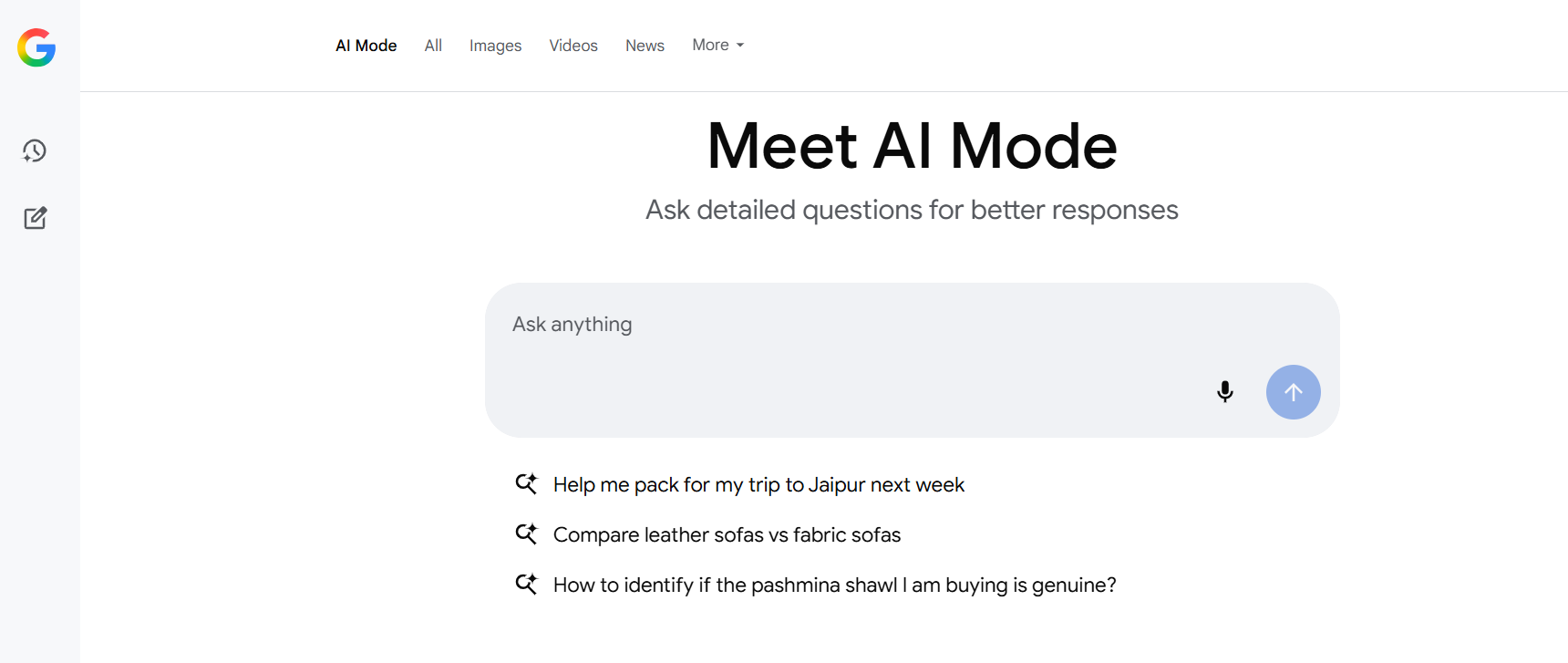Google has been known to constantly innovate with one goal in mind: To enhance a user’s experience. With their next android release, the Android O, they are trying to tackle a huge challenge for the smart-phone industry: its battery life. Should this work, this will be a major breakthrough in smart-phone technology and can potentially change the way we use our phones. Let us look at some of the major highlights of this new version.
Better Battery Life
Building on the foundation upon which Google’s earlier version, the Android Nougat is built, this version will place limits on the impact services and apps in the background can have on your overall battery life. This version will block apps from running in the background which would include an app responding to an implicit broadcast or the Wi-Fi being turned on-off or as simple as a picture being taken. Cutting on the effect of these “background services”, Google has promised an improved battery life for the user.
Notifications Control
This will essentially translate into a smooth filtering system for your notifications. Prioritizing the kind of notifications you want to be displayed, you will have control of how and when the apps send you notifications. They will facilitate the set-up of a new channel that will allow developers to create a universal system to let users manage their notifications. For example, as a user, you can set up different priority notifications for conversations in your messaging app. Through this version, the phone will apply the same science to help you manage your phone notification settings.
Picture-in-Pictures
Multi-tasking becomes easier as the new Android O will allow a user to view videos in PIP mode (Picture in Picture). This means you don’t have to stop watching the news, if you want to send an important email.
Auto-filling
For every user, it has been a tedious process to type out the same information again and again for different services. Auto-fill apps have not been very successful in the past as they are based on accessibility and so compromise on their reliability. The auto-fill app from the Android O will empower apps with the ability to store data like passwords, text snippets.
Interface
A universal interface is something that many devices have lacked in the past. Devices from Samsung or LG have a unique shape attached to their identity, such as circles or squares. Google’s identity is Circles. With the introduction of adaptive icons, a user can now experience a generic display on their phone.
Other important highlights
Another fact worth mentioning is the addition of a Neighbor Awareness Networking (NAN) which is an adaptation of the Wi-Fi Aware standard. This feature allows devices to locate each other without the establishment of an AP, facilitating high-speed data transfer between devices.
The developer preview is available now. It is still in its testing phase and works only on certain devices such as Nexus 5X, Nexus 6P, Pixel C, Pixel or Pixel XL. There isn’t an OTA beta program available, so full image installations will be essential.

 Web and Full Stack
Web and Full Stack CMS and Frameworks
CMS and Frameworks Online Marketing
Online Marketing Cloud Services
Cloud Services ECommerce
ECommerce Mobile
Mobile



